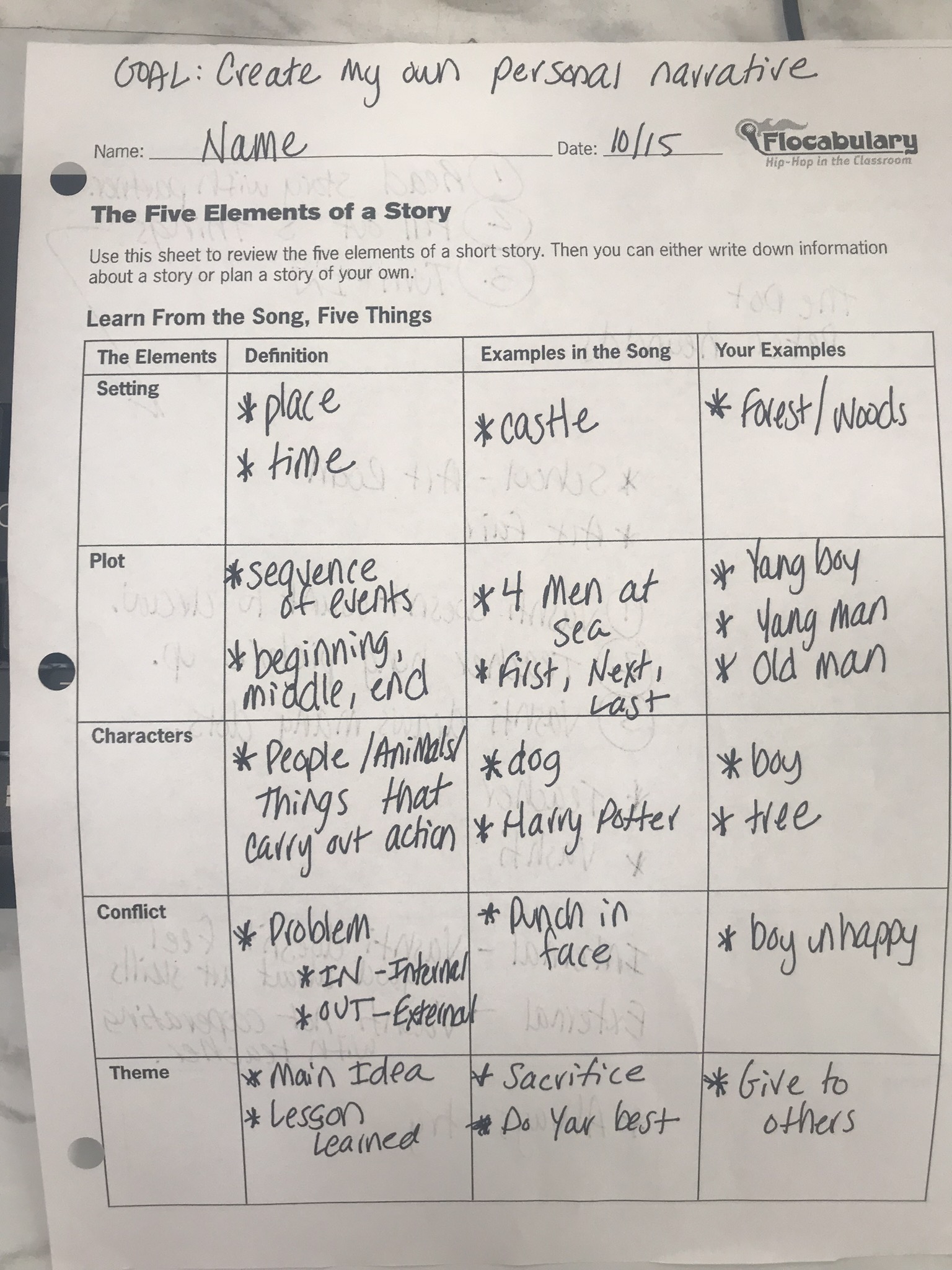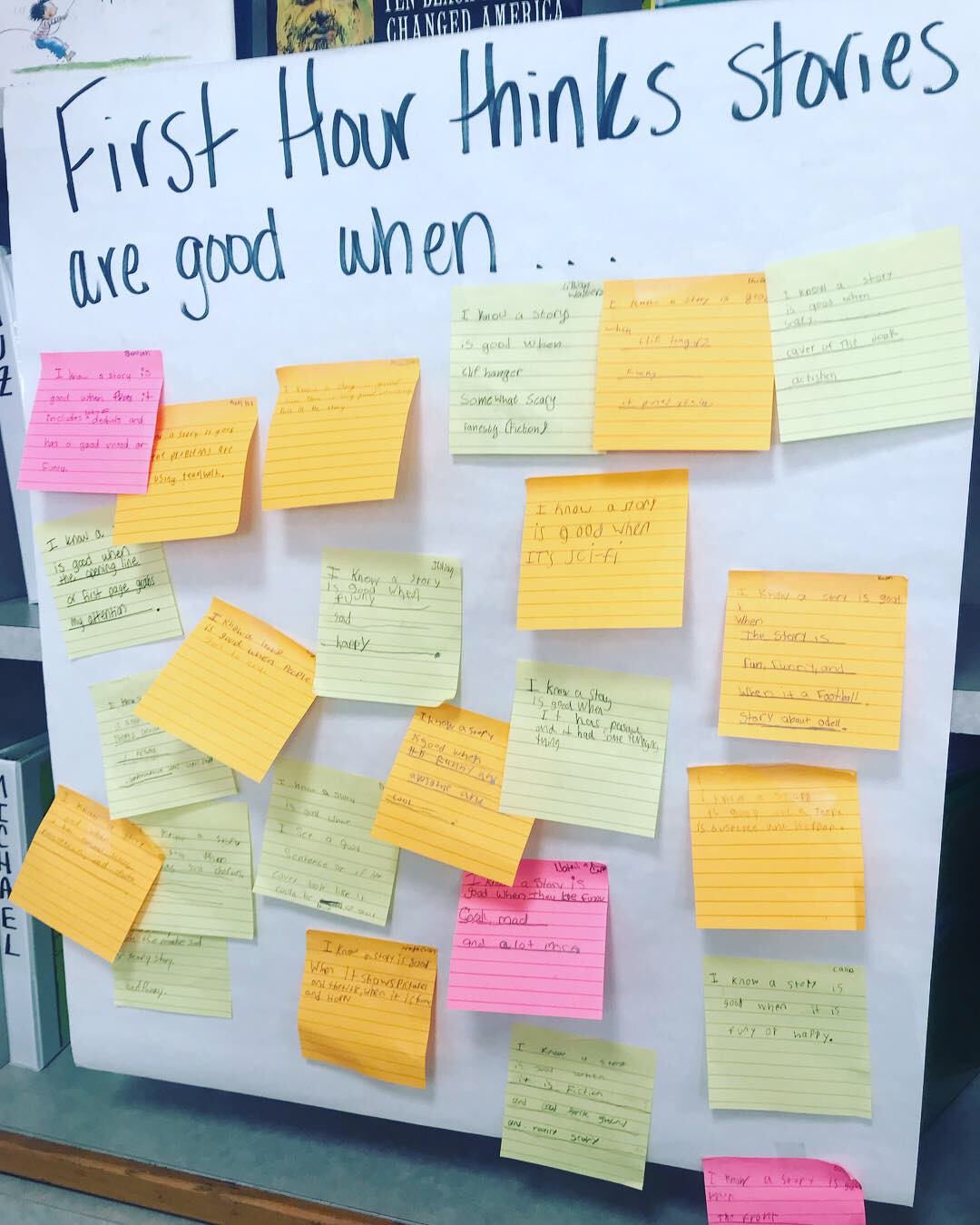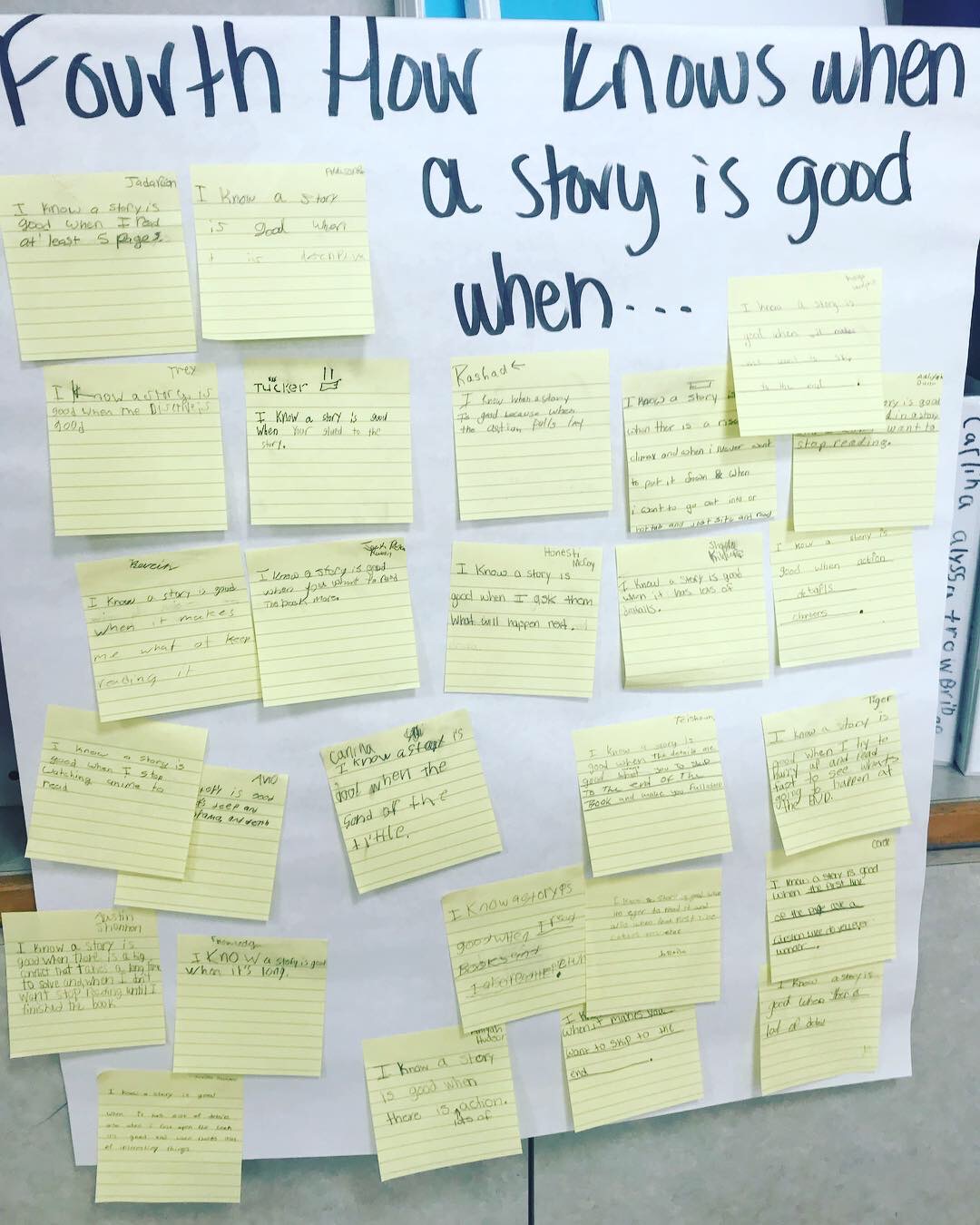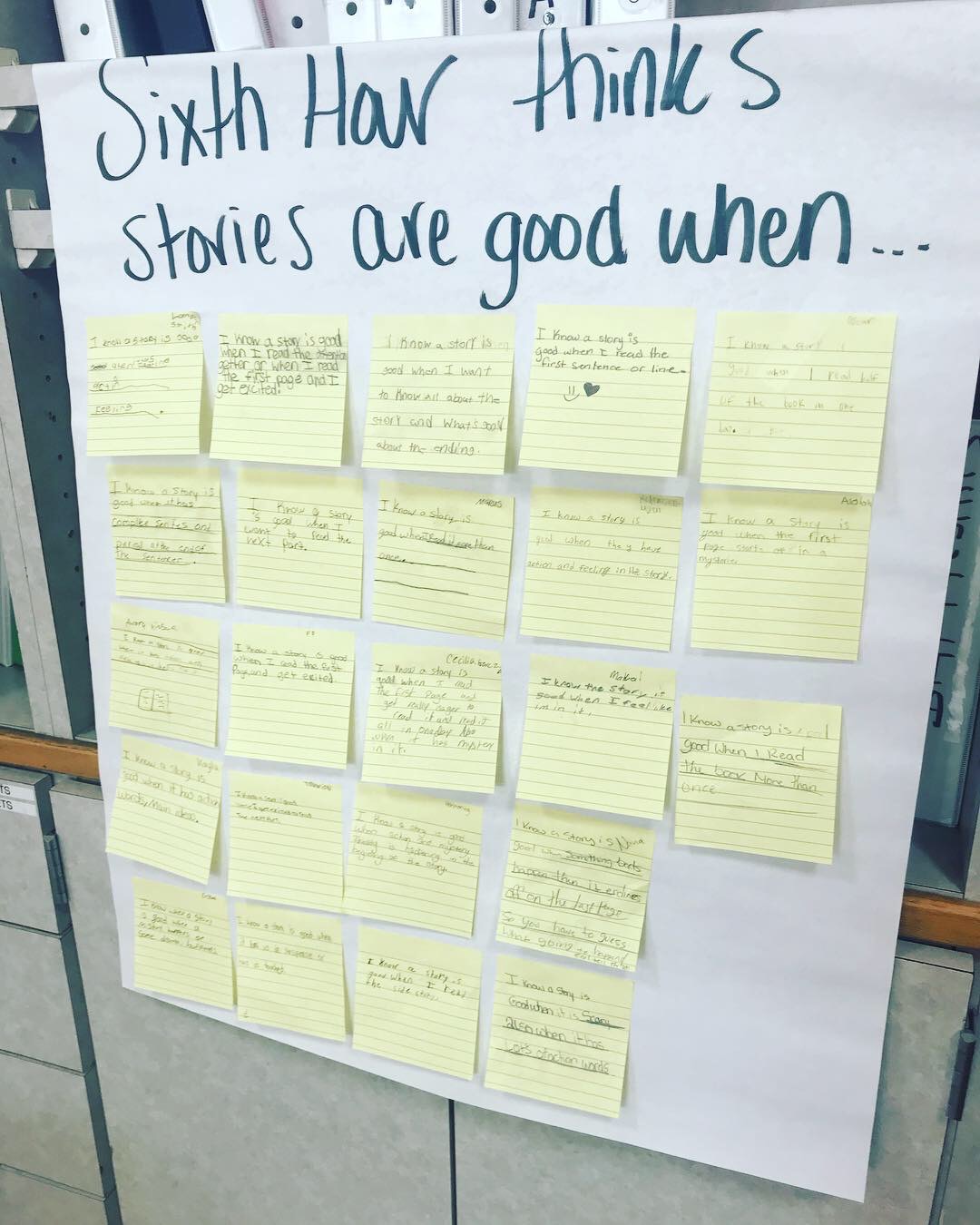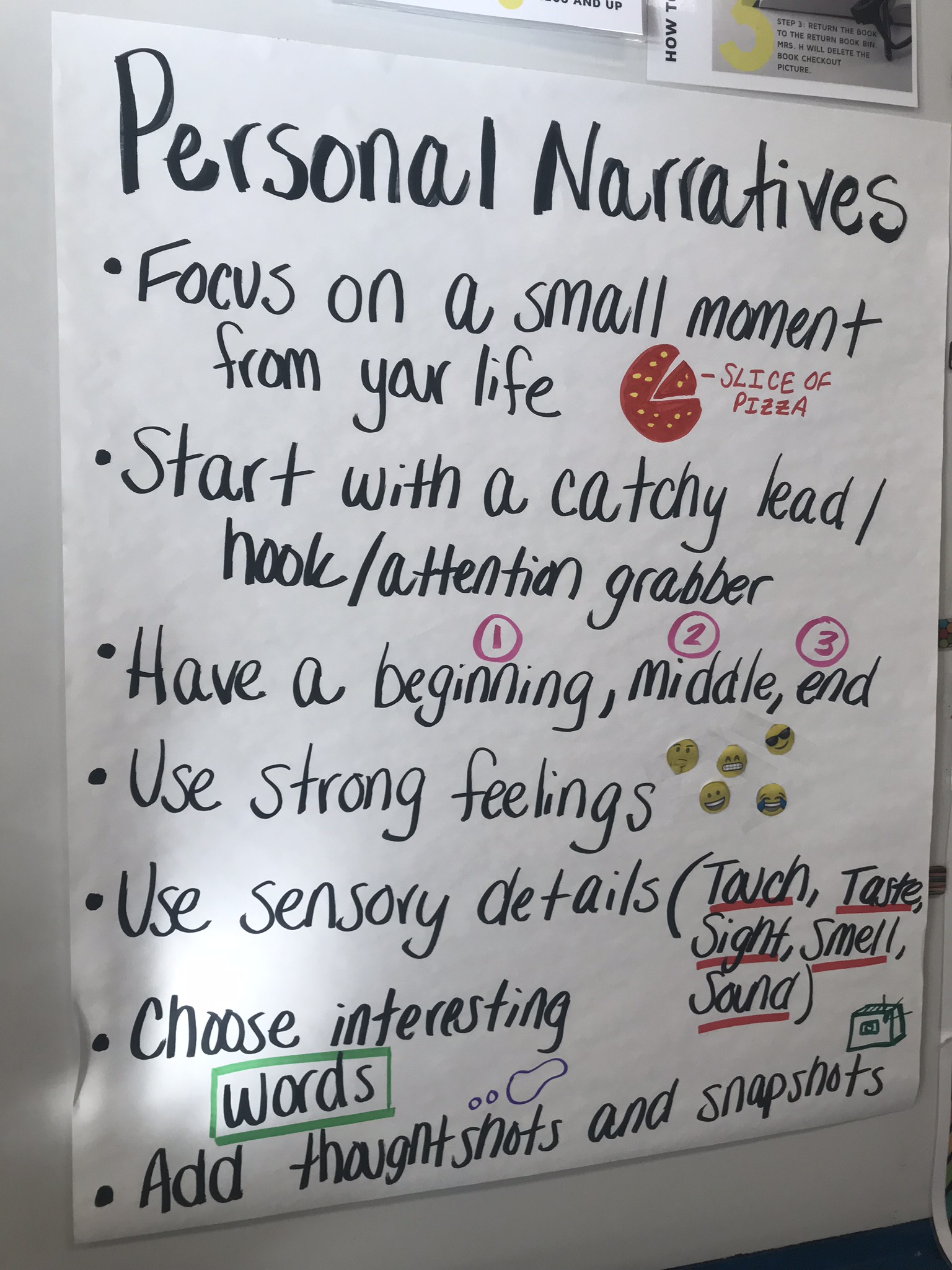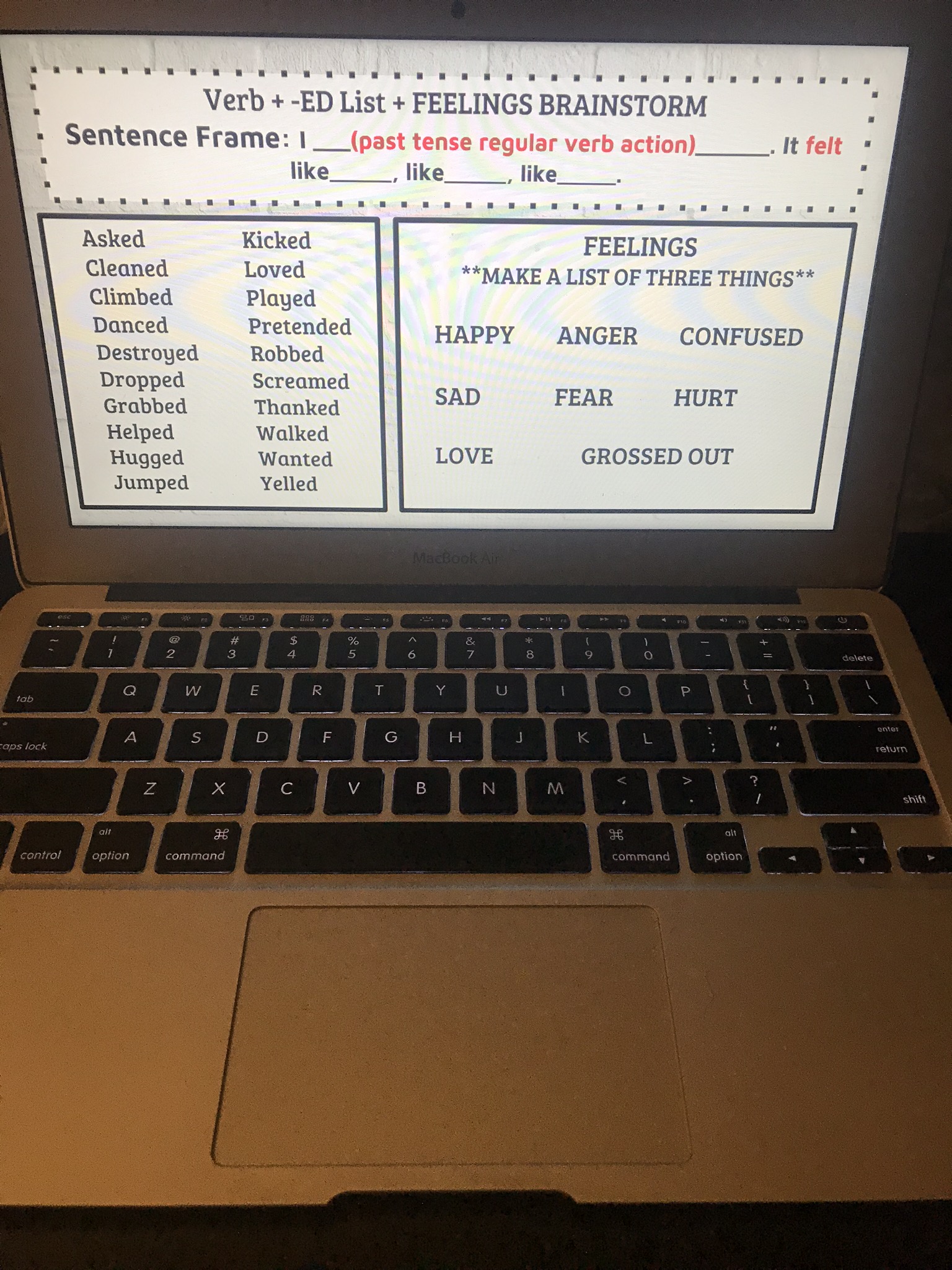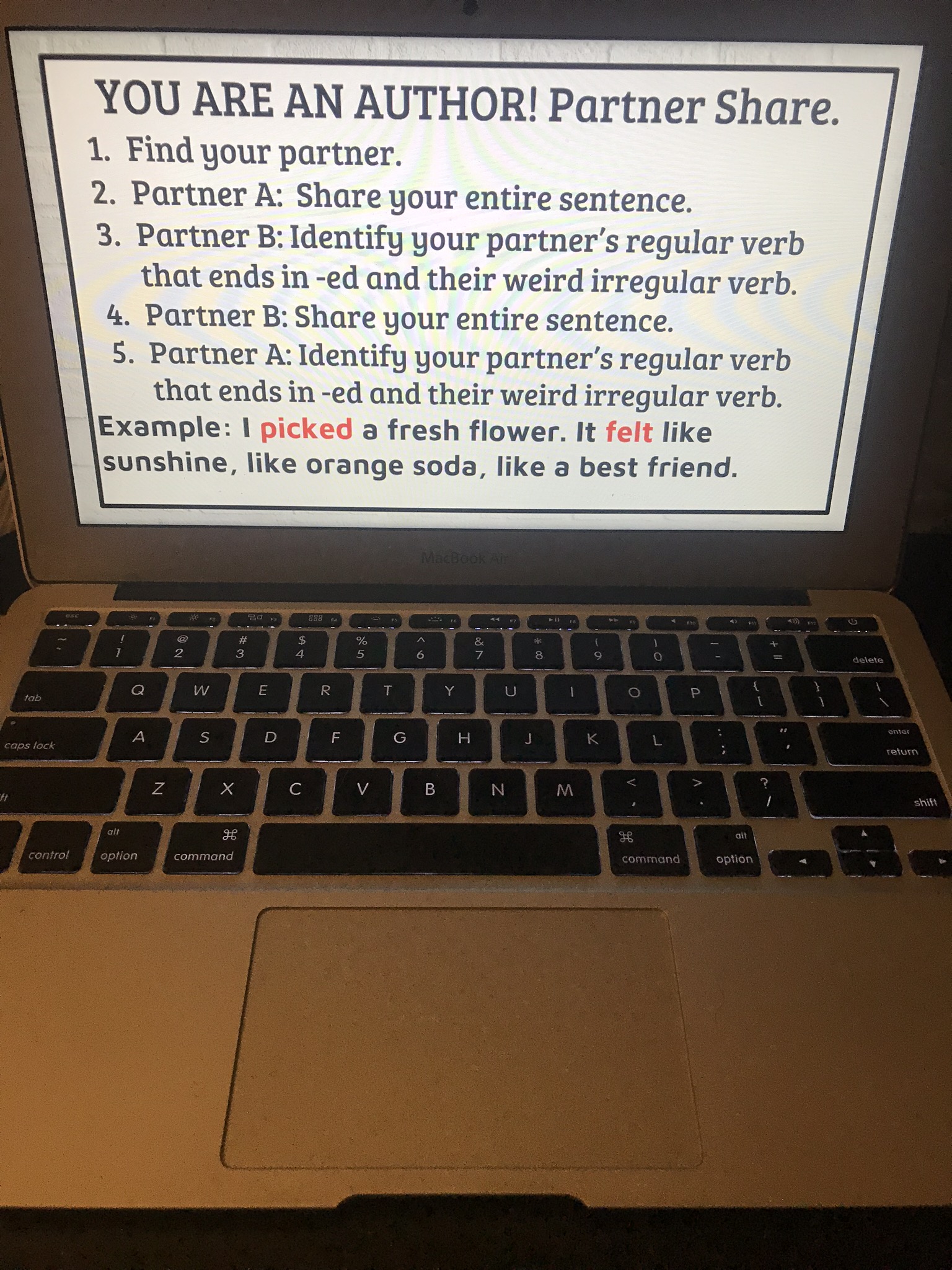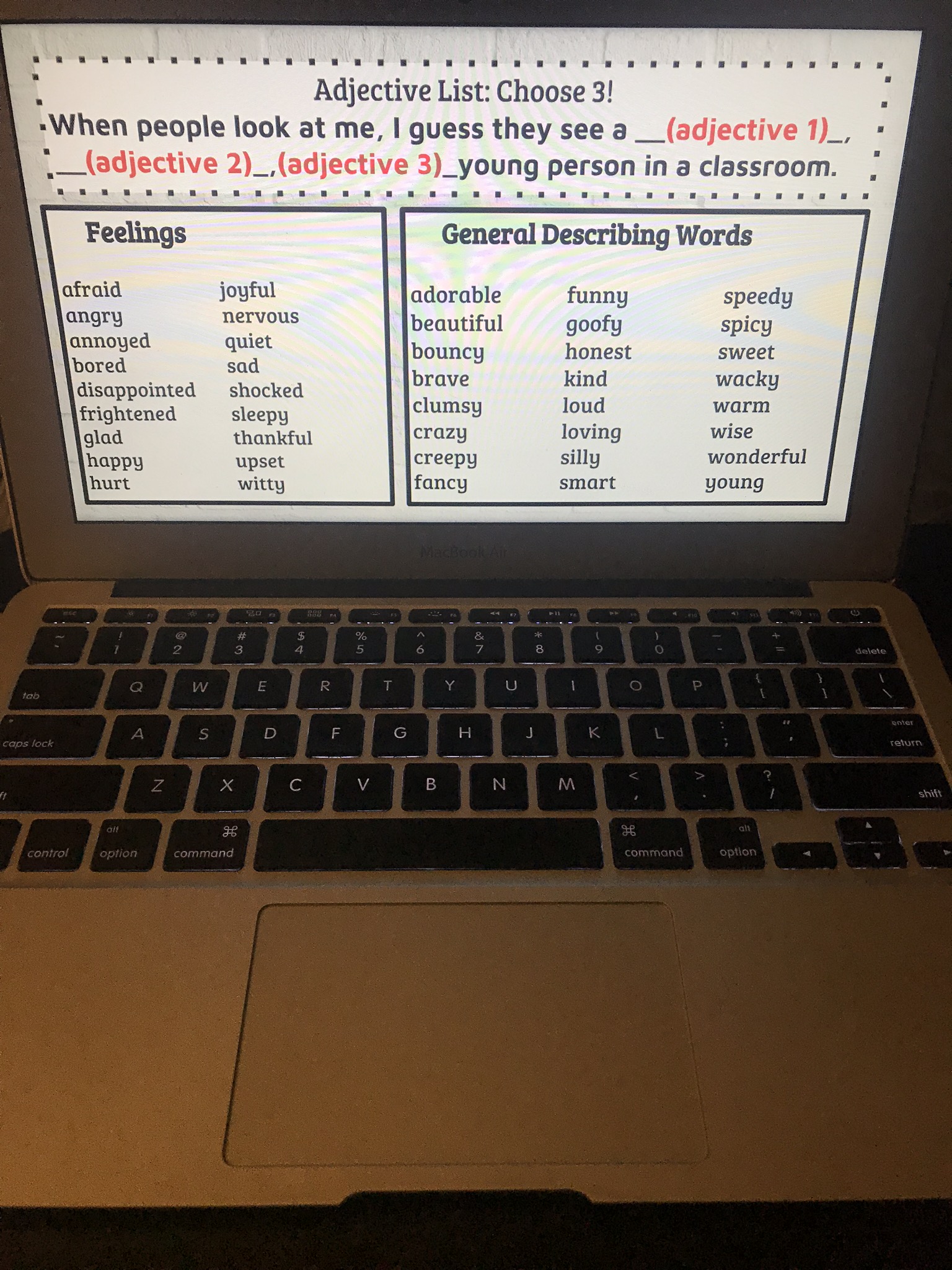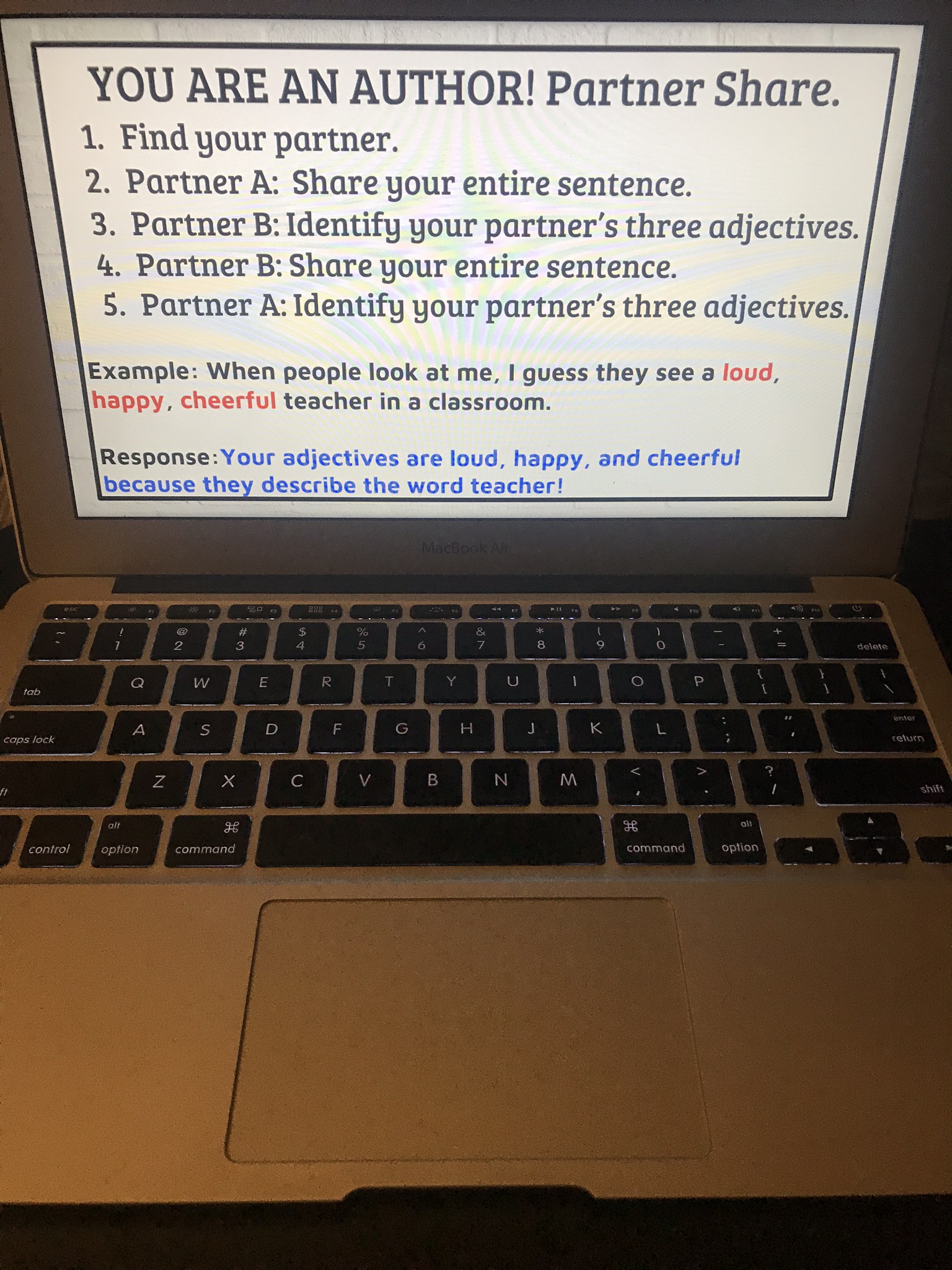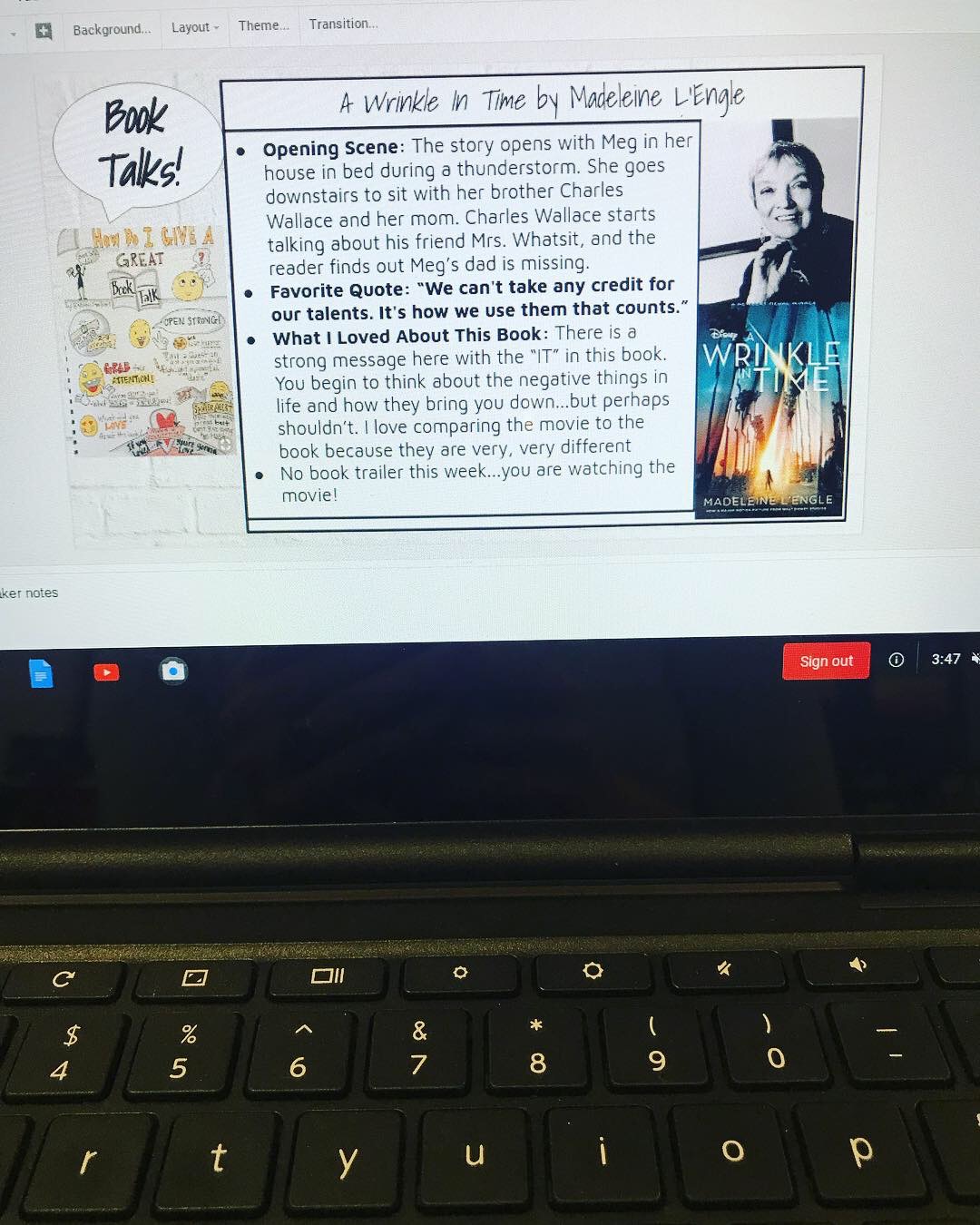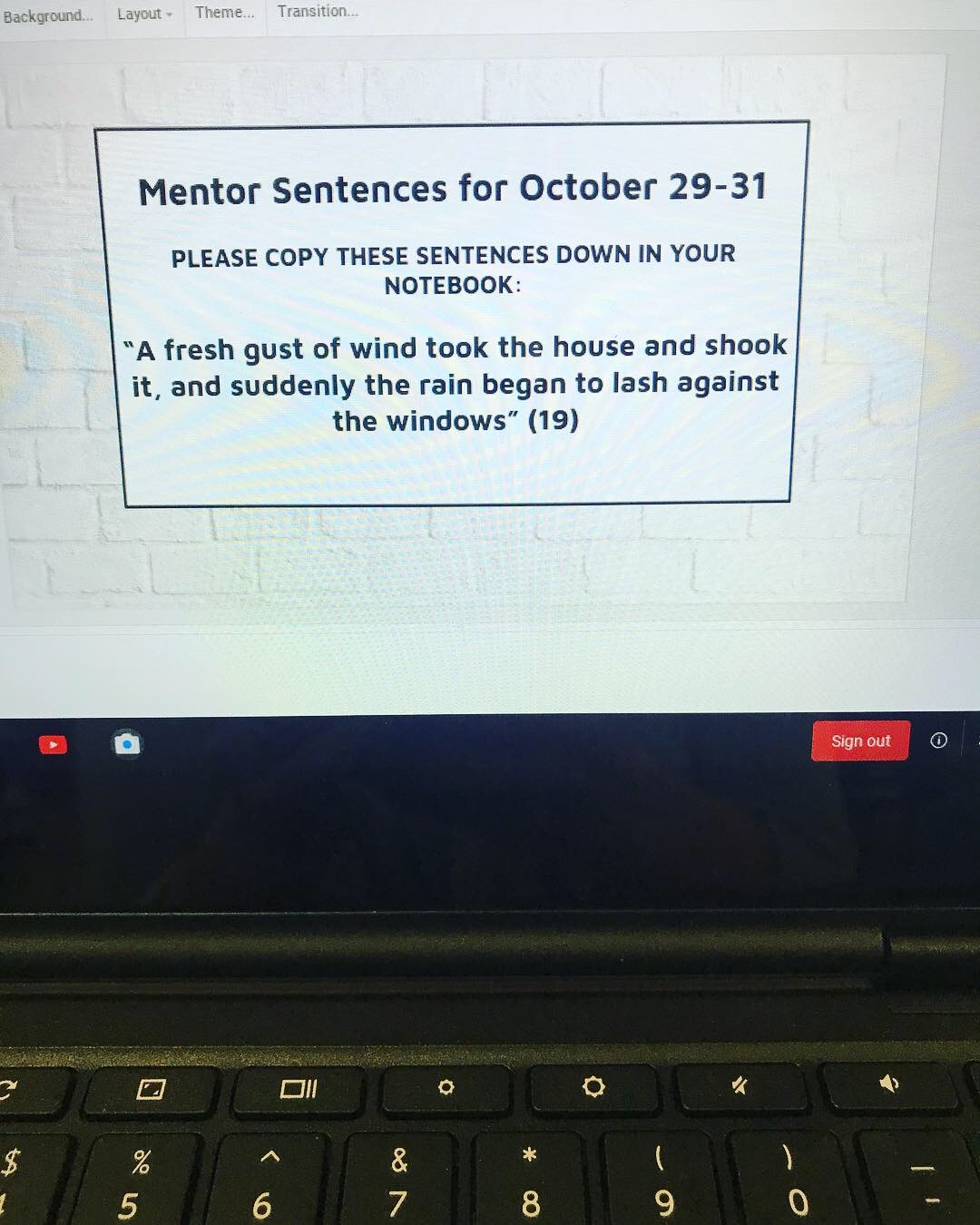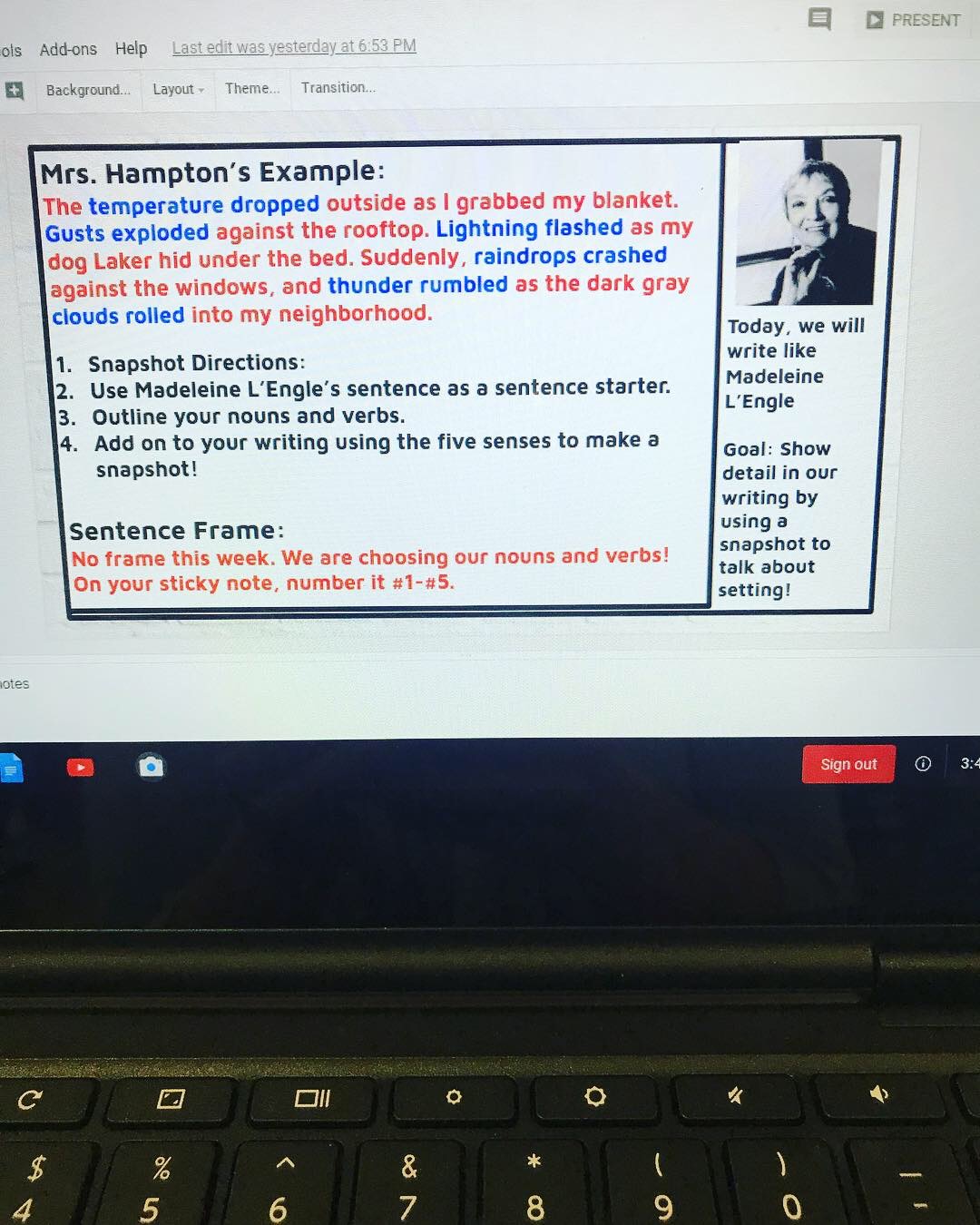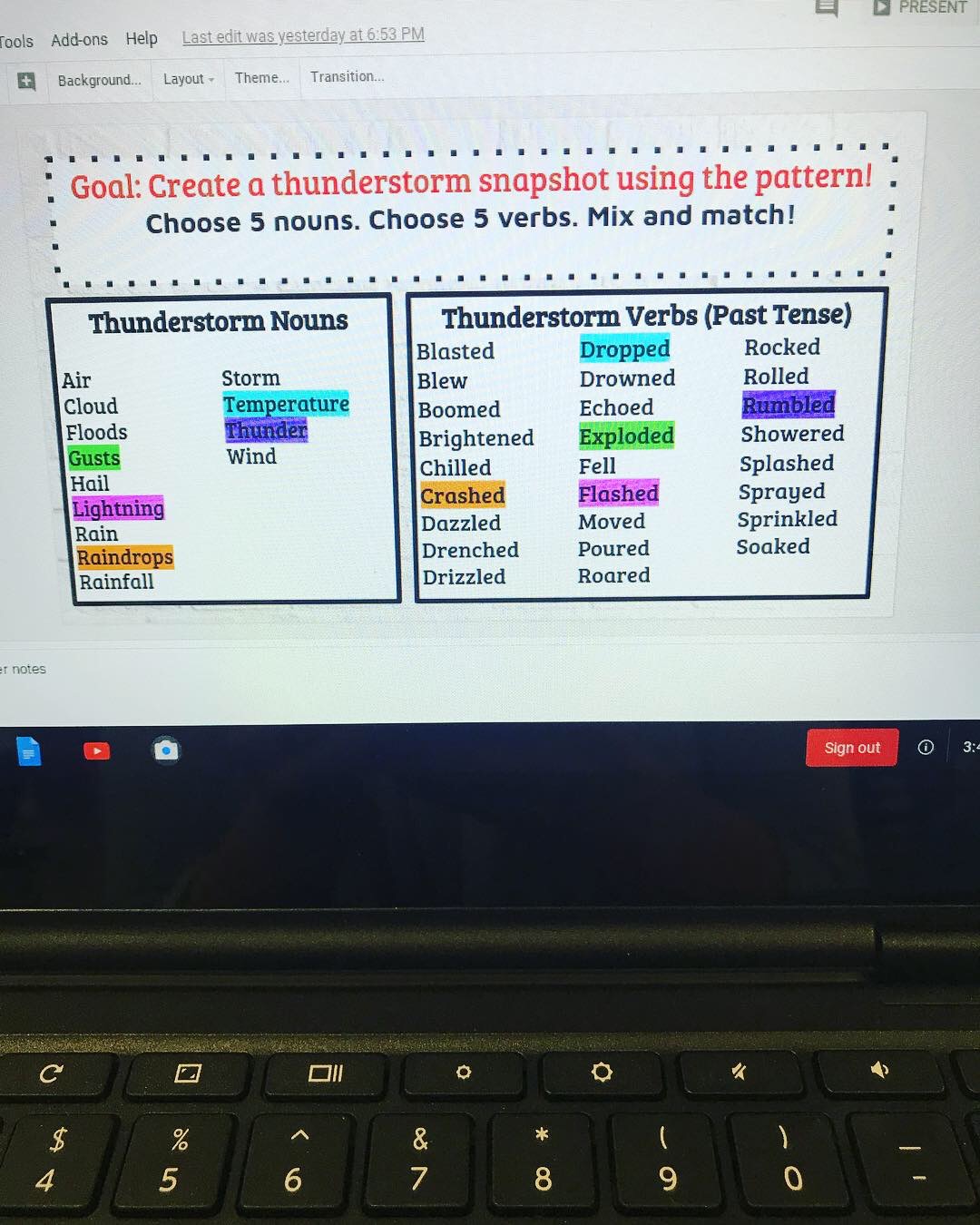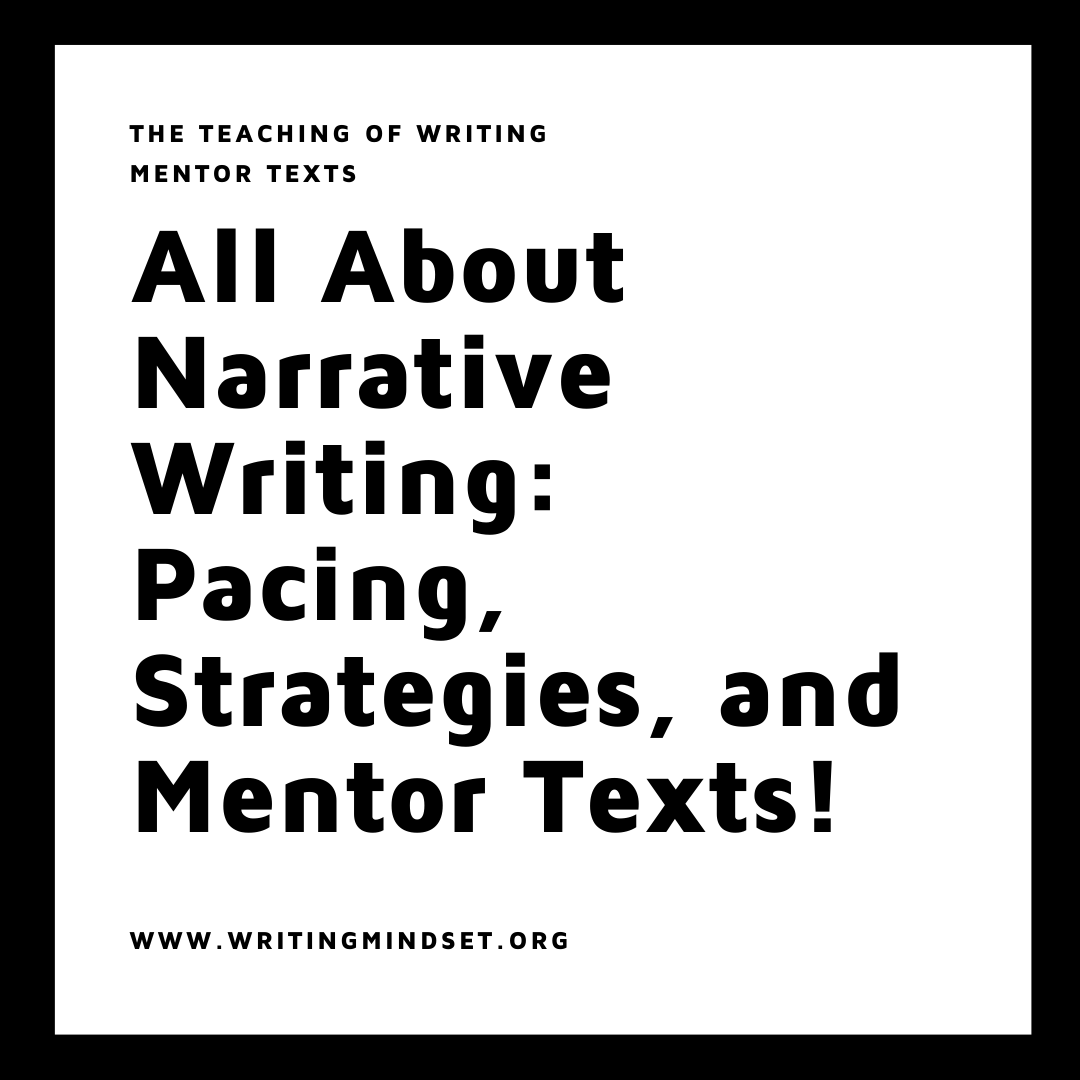All About Narrative Writing: Pacing, Strategies, and Mentor Texts!
All About Narrative Writing: Pacing, Strategies, and Mentor Texts!
Narrative writing is always the first big unit taught in sixth-grade English, but I would also argue that narrative writing is the perfect way to open up a brand new school year because we are finding out about our students’ stories. I am also pretty sure that October may be one of the toughest months to teach in considering that it consists of conferences, the end of the first marking period for my middle school, the flu season that starts circulating, and it is my birthday month. The last part is not a bad thing, I just find it easier to resent less “me time” with all of the to-do lists piling up. This post contains step-by-step directions for teaching a personal narrative writing unit at the secondary level. This includes directions, elements of the assignment, teaching strategies, and mentor texts. I also wanted to include information about writing conferences and grading information.
It’s All About the Pace
The daily breakdown is something that when other teachers share this with me I secretly love and loathe. I sometimes wonder why I couldn’t set something up that way, or I know right away that it won’t work in my classroom. When you are reading this, keep in mind that you know your kids better than anyone-my pace may not work for what you are implementing in your classroom. This may be a shorter project where you have more of an on-demand type of feel or it may be a longer project with more drafts and practicing with peer review, revision, and editing.
Day 1: FIVE THINGS
Materials Needed: Flocabulary “Five Things” Video and LOTS of picture books
I always start the personal narrative unit with a review of the five parts of any good story: Plot, character, conflict, theme, and setting. I can pretty much sing the Flocabulary song by heart forwards and backward...and they can too. That’s the reason why I love Flocabulary because the kids sing the song while they draft. This review of the basic elements of any story is also a good transition into a formal review of plot elements later on in the unit when we discuss plot diagrams.
After we watch the video, we then apply those skills to selected picture books. I try to find accessible picture books because picture books are sneaky. They are often designed and meant to be read to children-not for children to read them independently. I love how short children’s picture books are, but I also want them to be accessible for my struggling readers. While many of my kids can get the story from the words, I want them practicing comprehension skills with a book at their own level for understanding the five elements. If you have access to technology, assigning a common book on a site like GetEpic might be useful because you can monitor time on task through the platform, and you can also give multiple copies of the same book to many students at a time. I also love introducing plot elements using Pixar Shorts.
READ MORE >> “TEACHING NARRATIVE SUMMARY WITH PIXAR SHORTS”
Below is an example of reviewing plot elements after reading The Dot by Peter H. Reynolds.
Day 2: WHAT IS A PERSONAL NARRATIVE?
Materials Needed: “Where Did Mrs. Hampton Go?” Assignment, Anchor Chart Paper, Markers, Sticky Notes
Somewhere in this time period, I always need a day off. Perhaps the paper pile has attacked my teacher soul or maybe I have caught the latest flu bug rolling around the building. In 2019, I went to the Michigan Council for Teachers of English Conference in Lansing, MI to sit in a room with Kelly Gallagher and get inspired. Whatever the reason might be, most teachers are due for a little time off at the beginning of October. If you need sub plans, I have an entire post about 25+ ideas for sub plans for the writing teacher depending on how much time you have to plan. I love the creative writing assignment “Where Did Mrs. Hampton Go?” or the old your teacher is missing assignment for my sub...the things they come up with are funny, amazing, and make for great stories. I can then transfer these assignments to help teach the parts of a story. This is even better because the stories come from the kids…not the teacher.
This then immediately transitions into our conversations about what makes a good story. What really makes a good story? As teachers, we sometimes forget that even our struggling readers know what makes a good story. We are all storytellers after all. However, struggling readers and writers aren’t often asked for their expertise. My favorite responses? I see me in the story. I like a story that starts with action. I like suspense. Simply, I then tell them to put these strategies into their stories. Now, I just need to show them how when we begin our personal narratives through ideas and organization.
Day 3: TOPIC
Materials Needed: Choice Board Handout
Nothing builds momentum like getting to choose your topic. I used to do This I Believe essays for personal narrative writing, but on many levels, belief is almost too abstract for 6th-grade. Not that my students don’t have beliefs. They do. However, they do not often associate their amazing stories with having life-guiding beliefs. They need that middle step. I let them choose a topic from the choice board. They are then tasked with writing a 34-word story. This is all I want as a teacher. Write 34 words about something that happened to you. This is also my chance to show them a piece of me. The 34-word story was a takeaway from the MCTE conference that I attended from earlier. I believe that immediately applying new strategies or ideas keeps our minds fresh and our passion burning.
Kelly Gallagher showed us this video as a mentor text:
This is my sample choice prompt board. I always have kids ask if they can write about something different. My answer is always yes. The story should come from them.
The most powerful step in giving prompts and examples before you get to the actual writing piece is to see the teacher write in front of them. This step is critical. The teacher as writer mentality transfers over to immediate application with efficacy and buy-in from the students in the room. I always like to say to my students, “If I ask you to do something, it means I have done it and I’m willing to share.” I also share that sometimes we choose not to share our writing for many reasons. However, the first step is always for me to write in front of them. And I have five different classes, so I better have it written five times. I use the same setup from the plot elements that we asked about in the story. It includes a basic Who, What, When, Where, Why setup, or the use of the 5 W’s.
Check out some of my personal stories here:
I also show them how to take a 34-word draft to a 100-word draft. (The 300-word draft is also included for my advanced classes or modification for my general classes). Then, I give them time to draft their stories.
After this step, I now have their 34-word stories in my grading bag. Check. Now in the meantime, I need to give myself a couple of days to grade them. Building grading days into my pacing guide has always been a challenge for me in regards to turning papers over. It is a simple fact. Okay, multiple facts: 1. Kids need feedback 2. Kids need real-time feedback or it doesn’t matter anymore. The general idea of this is terrible for teachers. It requires more grading in a smaller amount of time. I can cut down on this feedback loop by doing writing conferences in class, but I find that the 34-word stories are relatively easy to get through even if you have a larger stack. I keep these stories close as I help them practice snapshots in their writing for a couple of days.
READ MORE >> “14+ POSTS WITH STRATEGIES TO HANDLE GRADING”
Day 4: SNAPSHOTS #1
Materials Needed: Blank Paper for Circle Maps
This day is for snapshots. Barry Lane in The Reviser’s Toolbox introduceS the idea of snapshots to the reader as a place in the story where a person or group of people or a place is described in detail. The first day is for a place. We describe the beach. The next day is for people. Again, I like to use Pixar Shorts for many things in the world of teaching writing, but they come in handy when trying to show plot elements, describing the character, and describing the setting. I also like to show them how other authors describe character and setting in mentor text passages. I like to ask them which ones they like and don’t like. Then, I ask why they think the way they do.
READ MORE >> “MIDDLE-GRADE NARRATIVE WRITING: USING MENTOR TEXTS TO DESCRIBE SETTING (SNAPSHOTS)”
READ MORE >> “MIDDLE-GRADE NARRATIVE WRITING: USING MENTOR TEXTS TO DESCRIBE CHARACTERS (SNAPSHOTS)”
Day 5: SNAPSHOTS #2
Materials Needed: Nearpod Presentation (Slides used to create your own version of this! Feel free to make a copy for your own classroom use)
Today is snapshot people day. I like to show them how to describe people who are outside the norms of just physical appearance markers. I also like to give them some technology at this point to get them started. I like Nearpod. I wish I could have more than 30 accounts logged in for free, but I understand that is how business works. I have 37 in my largest middle school class. We look at pictures of people, create brainstorming boards of words, and then use our class brainstorming boards to describe the people. This really helps struggling writers create a word bank in class to help them with brainstorming snapshot drafts. Their peers are helping them from their own seats. You could also use different platforms like Padlet or Jamboard to do group brainstorming for character description.
Day 6: HOW TO GROW A DRAFT/WRITING CONFERENCES DAY #1
Materials Needed: Grow a Draft Anchor Chart
By now, I have given feedback to 34-word draft stories. I limit this feedback to 2 points of criticism per draft and lots of positive love. The new goal is to take our skill of knowing what a snapshot is and growing our draft. The formula is:
34-word draft + a snapshot = 100-word draft
I give students time to write in class so I can work with them at conferences. The main ways we take a personal narrative draft that is small to a medium-size draft is through snapshots, the five senses, and adding more information through who, what, when, where, and why or the five W’s.
Day 7: WRITING CONFERENCES DAY #2
After the warmup, today is only for writing and drafting time. I touch base with all students. I use this form:
I ask them about their snapshots. I really wish writing conferences could be longer, and they really do take up so much time. However, they are valuable in making every writer in the room feel heard and valued.
Day 8: WRITING CONFERENCES DAY #3
This day continues as the previous day. Lots of clipboard wandering and moving around the room. I personally let students listen to music while they draft. This reward system is a natural marker for who I have already conferenced with and an incentive for “just keep swimming” with your draft. I love playing music to show them that writing can be in an atmosphere that is relaxing and fun, too.
READ MORE >> “50 CLASSROOM APPROPRIATE SONGS TO LISTEN TO DURING WRITING TIME”
Day 9: PEER REVIEW/SHARE
Submission day has an air of celebration! I have students check their draft against the three steps posted on the board and at least share with one other person in the room. Out loud.
A Note About Advanced Modifications
Advanced had another draft with feedback where they took their 100-word stories and then were allowed to go crazy. I said 300-word stories, but many wanted to practice scene writing with more words. Starting small was a great start for even my more advanced writers because they were focused to look at what matters. The ideas, the voice, the content, and then they could take their ideas and make the details around them shine. Advanced students also are going to make more sophisticated corrections using my feedback codes sheet. This will help them if they choose to pick up their personal narrative later in the year for a revision in their writing portfolios. I also have not touched on thought shots here or adding dialogue to their writing in any form. I am going to save this for my next pass through the personal narrative genre.
While the focus for the nine days of pacing is on my general classes, as a whole, I really love the personal narrative writing unit. I insist it goes first at all times because my job in the first twelve weeks of school is to get to know my students so the other 24 weeks flow smoothly. Personal narrative writing is linked to identity. How well can we really know our students if we have 140+ of them? The answer is we can’t know them as well as we want to know them. Time is ever elusive. However, narrative writing can help lessen that gap and break down some walls.
Mentor Texts for Personal Narratives
The nine days of this unit is spread out over three weeks. When you combine mentor text warmups, library days, review of homework/articles, and other tasks, it simply takes all moments of the three weeks. Here were the mentor texts we focused on for warm-ups during this personal narrative writing time:
Week 1: Write Like Kimberly Brubaker Bradley
Focus: Irregular Verbs
Week 2: Write Like Sharon Draper
Focus: Inserting Adjectives
Week 3: Write Like Madeleine L’Engle
Focus: Thunderstorm Snapshots

